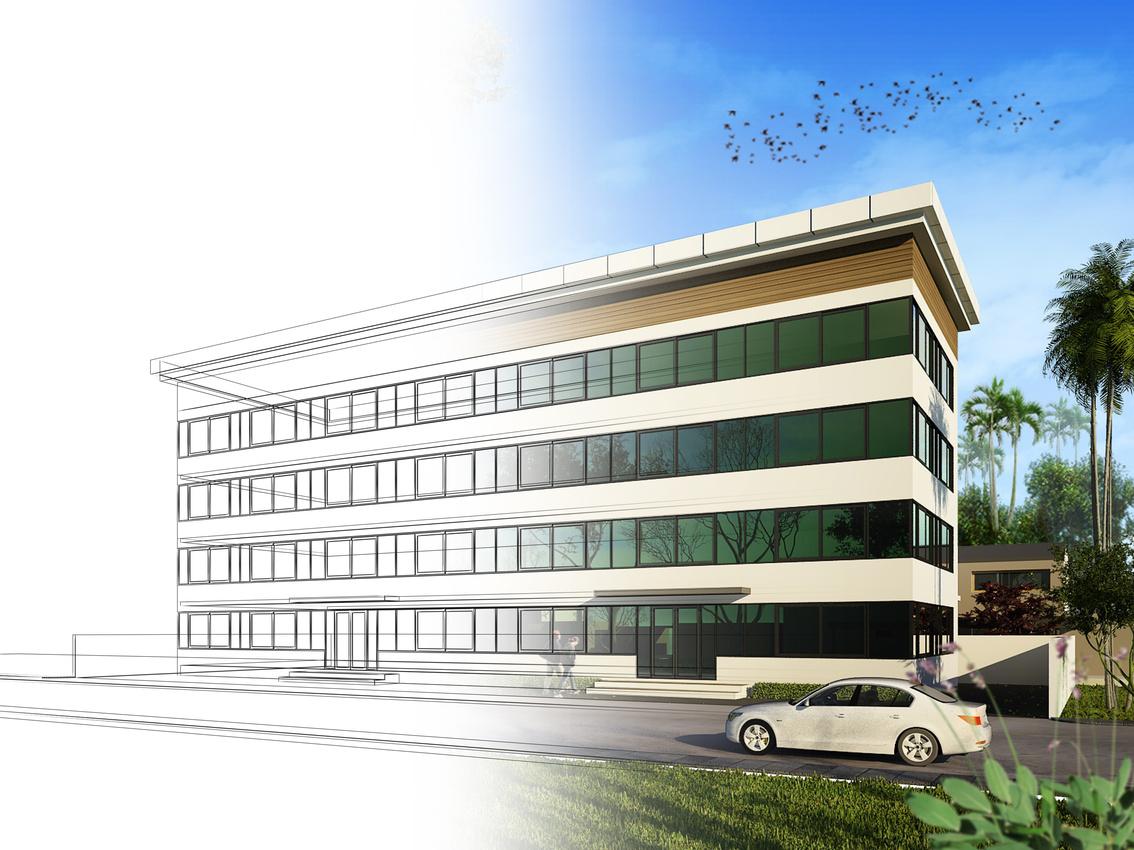7 Principles of Sustainable Construction


1. Sustainable design

Sustainable design, also known as "green design" or "environmentally conscious design", refers to the practice of designing buildings, products, and systems that minimize negative environmental impacts while promoting social and economic sustainability. It is a design philosophy that considers the environmental, social, and economic impacts of a design solution, and aims to create solutions that meet the needs of the present without compromising the ability of future generations to meet their own needs.
Some examples of sustainable design practices include:
Energy efficiency, Water conservation, Sustainable materials, Social equity, etc.
2. Durability

Durability is an important aspect of sustainable construction. It refers to the ability of a building or infrastructure to withstand wear and tear over time, without the need for frequent maintenance or replacement. A durable building or infrastructure is one that is designed and constructed to last for a long time, reducing the need for new construction and the associated environmental impacts.
Durability is achieved through the use of high-quality materials and construction techniques that are able to withstand the test of time. This includes the use of materials that are resistant to weathering, corrosion, and degradation, as well as materials that are able to withstand high levels of use and traffic.
3. Energy efficiency
It can significantly reduce the environmental impact of buildings and infrastructure while also saving on energy costs. Energy efficiency refers to the use of design strategies and technologies that minimize energy use while maintaining or improving the performance of the building or infrastructure.
Some examples,
Building orientation
Building envelope

Energy-efficient HVAC systems
Lighting systems
Renewable energy systems
Energy monitoring and control systems
4. Waste reduction
It can significantly reduce the environmental impact of construction activities while also promoting the efficient use of resources. Waste reduction refers to the implementation of strategies and technologies that minimize the generation of waste during the construction process and promote the reuse and recycling of materials.
Some examples,
Design for deconstruction
Materials management

Waste reduction technologies
Use of recycled materials
Lean construction practices
5. Indoor air quality
Sustainable construction practices aim to improve indoor air quality by implementing strategies and technologies that promote healthy and comfortable indoor environments. Some examples of indoor air quality strategies used in sustainable construction include:
Ventilation
Low-emitting materials
Indoor air quality monitoring
Proper maintenance
Building design

6. Water Conservation
Water conservation is an important aspect of sustainable construction practices, as it can significantly reduce the environmental impact of construction activities and promote efficient use of resources. Water conservation refers to the implementation of strategies and technologies that minimize water consumption during the construction process and promote the efficient use of water in building operations. Some examples,
Low-flow fixtures
Greywater and rainwater harvesting systems
Efficient irrigation systems
Water-efficient landscaping
Leak detection and repair

7. Sustainable building materials
Sustainable building materials are materials that are selected, produced, and used in a manner that minimizes their environmental impact while promoting the efficient use of resources. Sustainable building materials can be made from renewable or recycled materials, produced with minimal waste or pollution, and designed for long-term durability and reuse.
Some examples,
Recycled materials
Renewable materials

Low-impact materials
Non-toxic materials
Durable materials


